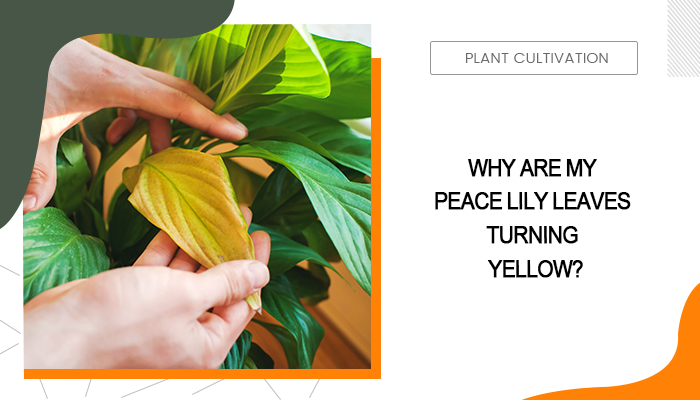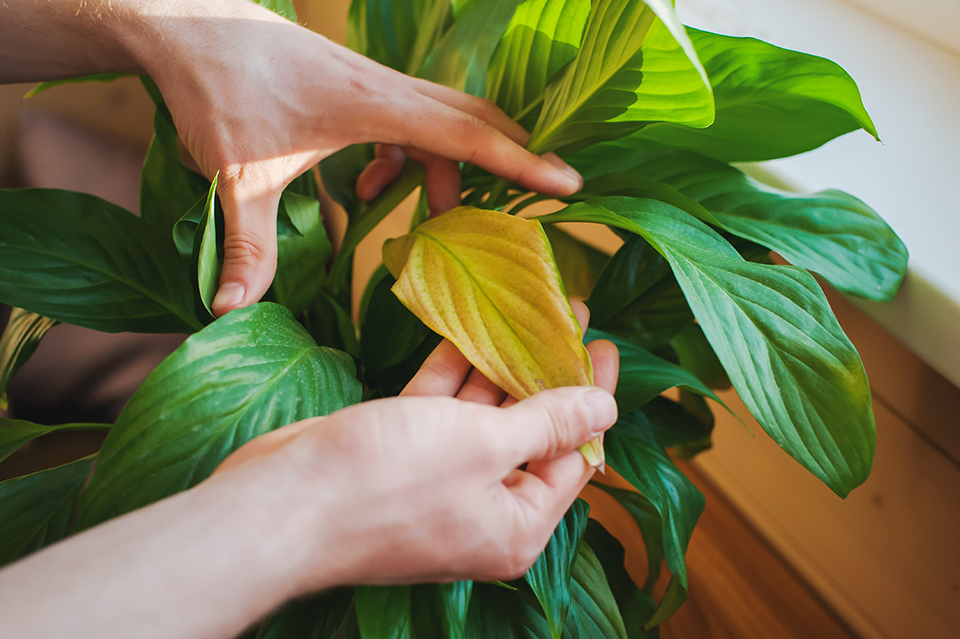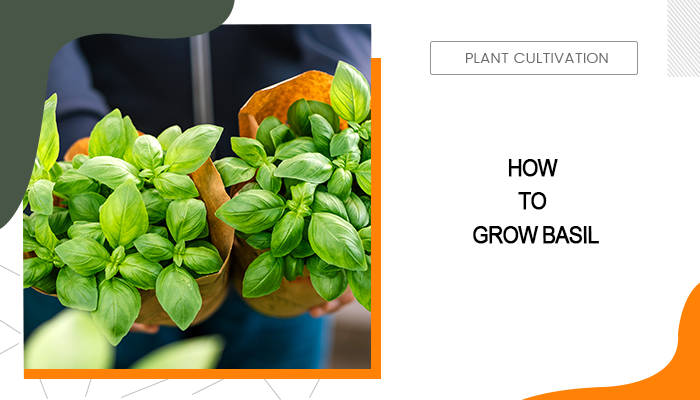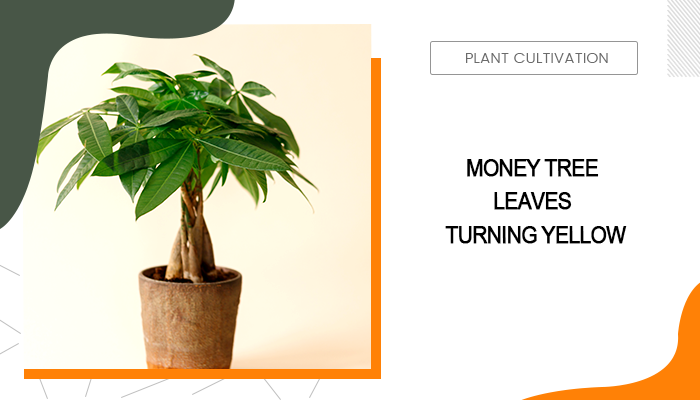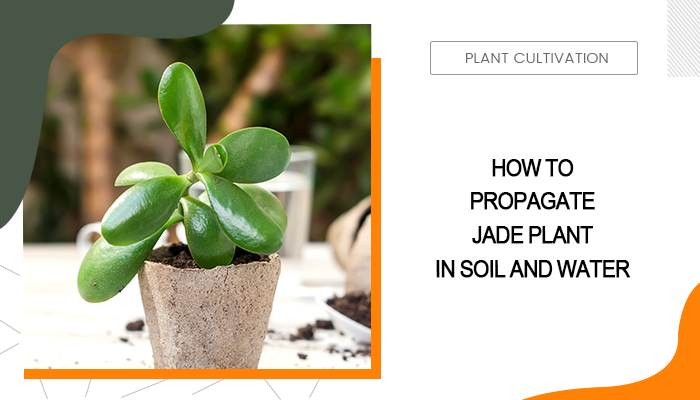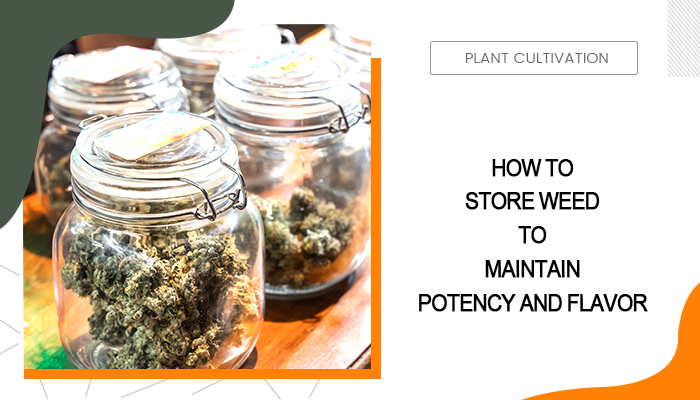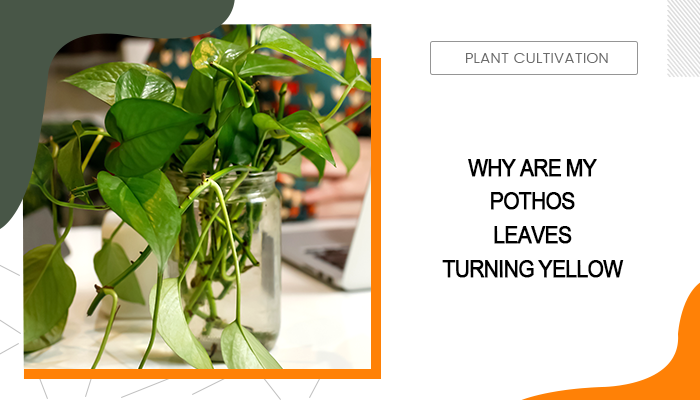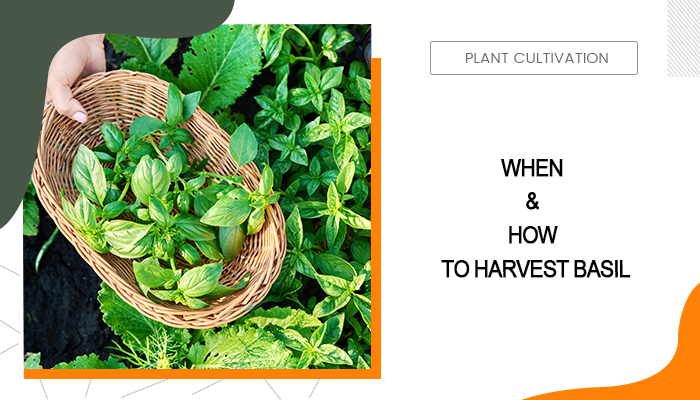Why and How to Treat Peace Lily Yellow Leaves
Peace lilies (Spathiphyllum) are tropical plants that thrive in warm, humid environments. They are characterized by their dark green, glossy leaves and striking white spathes, which are often mistaken for flowers but are actually specialized leaves. Unfortunately, over time, you notice that somehow, the peace lily leaves turn yellow.
Why are my peace lily leaves turning yellow? You may wonder. Let’s explore the reasons behind peace lily yellow leaves in today’s post.
Overwatering
Plant leaves turning yellow is one of the most iconic signs of overwatering. Peace lilies, as tropical plants, prefer humid and moist soil but can suffer from root rot if you overwater them. When the soil remains too wet for an extended period, the roots become suffocated and begin to rot, resulting in the plant's inability to absorb essential nutrients and water properly.
In addition to yellow leaves on peace lily plants, if you notice the following signs as well, chances are they are suffering from overwatering.
- Yellowing leaves, particularly at the base of the plant.
- Mushy or soft roots that emit a foul odor.
- Stagnant water in the pot saucer.
Underwatering
On the flip side, underwatering can also cause yellow leaves. When deprived of water, the plant's leaves may turn yellow and wilt as a sign of stress. Underwatering prevents the plant from taking up the necessary moisture to sustain its cells, leading to dehydration and nutrient deficiency.
Also, underwatered peace lilies showcase the accompanying signs:
- Yellowing leaves, often accompanied by crispy and brown peace lily edges.
- Wilting and drooping leaves.
- Dry and compacted soil that pulls away from the sides of the pot.
- Stunted growth and fewer blooms.
How to Prevent Overwatering or Underwatering Peace Lilies
To start with, use a well-draining pot with adequate drainage holes to prevent the soil from becoming overly saturated. You can further use a potting mix designed for houseplants such as peace lilies. Such a mix ensures that water can flow through the soil easily, preventing overwatering and allowing the roots to breathe.
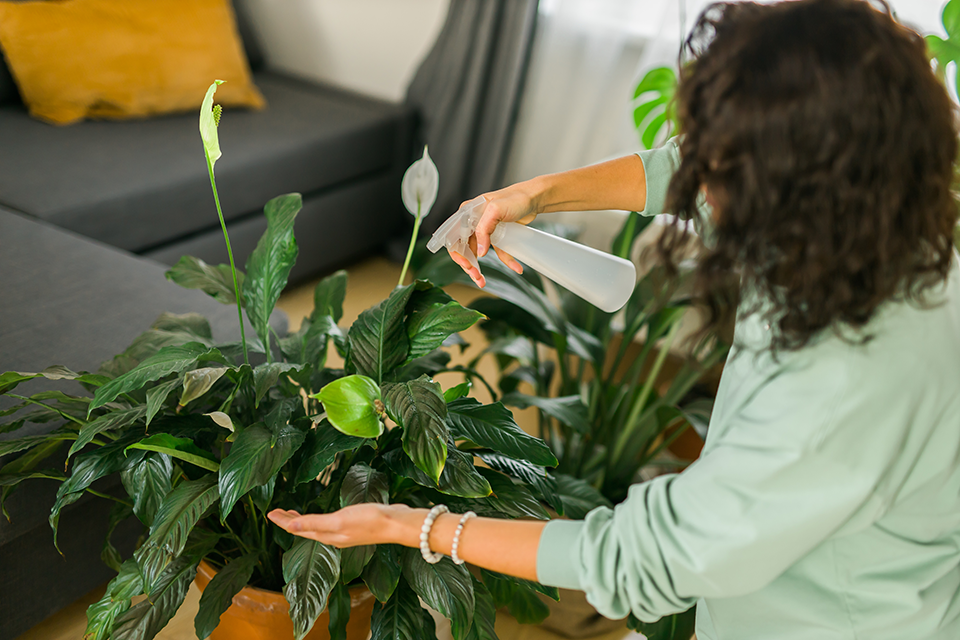
When it comes to watering, you should only water your peace lily when the top half of the potting mix has completely dried out. When you do water, make sure to do so thoroughly until water flows out of the drainage holes, and always discard any excess water by emptying the saucer after watering. Standing water can quickly cause the roots to become overly moist and rot.
Incorrect Lighting
Peace lilies thrive best in environments with bright, indirect light. This type of lighting mimics their natural habitat, typically found on the forest floor where they receive filtered sunlight through the canopy. When exposed to too much direct sunlight, the delicate leaves can get scorched, leading to yellowing and browning at the edges.
On the other hand, placing a peace lily in an area with too little light can also cause problems. Insufficient light inhibits the plant's ability to photosynthesize efficiently. In low-light conditions, the peace lily may also exhibit stunted growth and produce fewer flowers. The leaves might become elongated and stretched as the plant reaches for more light, a phenomenon known as etiolation.
How to Fix Incorrect Lighting
To ensure your peace lily receives the proper lighting, north or east-facing windows are usually ideal, as they provide gentle sunlight that won't scorch the leaves. If you only have windows that receive strong, direct sunlight, consider using sheer curtains to diffuse the light or placing the plant a few feet away from the window.
For rooms with limited natural light, you can supplement with artificial lighting. Fluorescent lights or LED grow lights can provide the necessary spectrum of light for your peace lily to thrive.
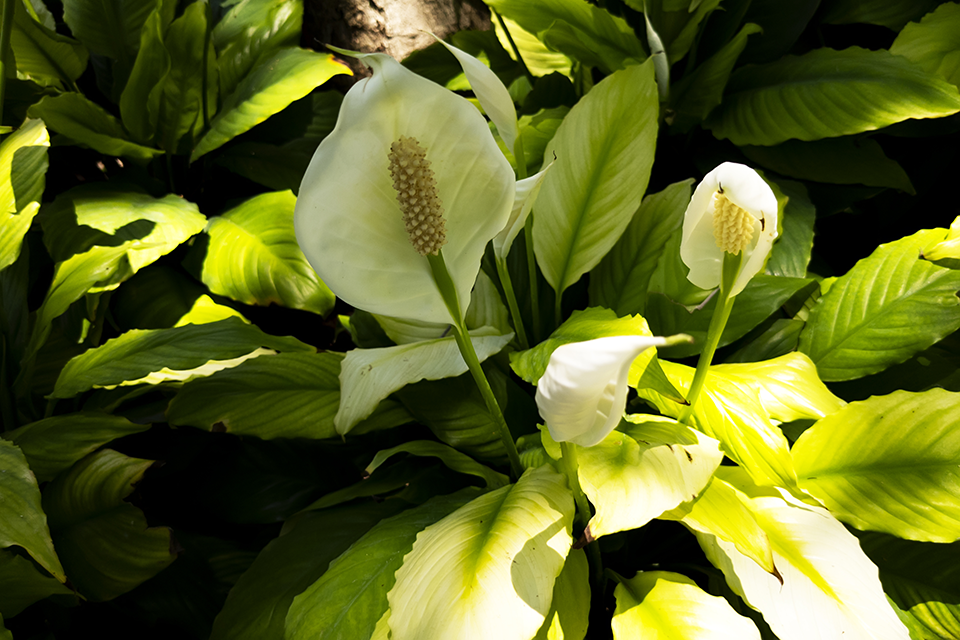
Poor Tap Water Quality
One often overlooked cause of yellowing leaves in peace lilies is the quality of the tap water used for watering. In many regions, tap water contains added minerals, chlorine, and fluoride, which can negatively affect sensitive plants like peace lilies.
For example, areas with hard water, such as Southern California, Texas, and Arizona, have high levels of calcium and magnesium. Over time, these minerals can build up in the soil, leading to yellowing and browning of the leaves as the plant struggles to absorb nutrients effectively. Fluoride is also commonly added to the water supply in many regions to prevent tooth decay. However, this can be toxic to peace lilies.
How to Mitigate Tap Water Issues
To prevent yellowing leaves caused by tap water issues, consider using distilled or rainwater for your peace lily. If these options are not available, let tap water sit out overnight before using it, allowing some of the chlorine to dissipate.
Extreme Temperature Fluctuations
Peace lilies prefer warm environments and do not fare well in temperatures below 65 degrees Fahrenheit. While they can occasionally handle temperatures as low as 50 degrees, it’s crucial to keep them in the warmest part of your home, as long as it's not in direct sunlight. The ideal temperature range for peace lilies is between 65 and 85 degrees Fahrenheit. If exposed to cold temperatures, their leaves will start to turn yellow.
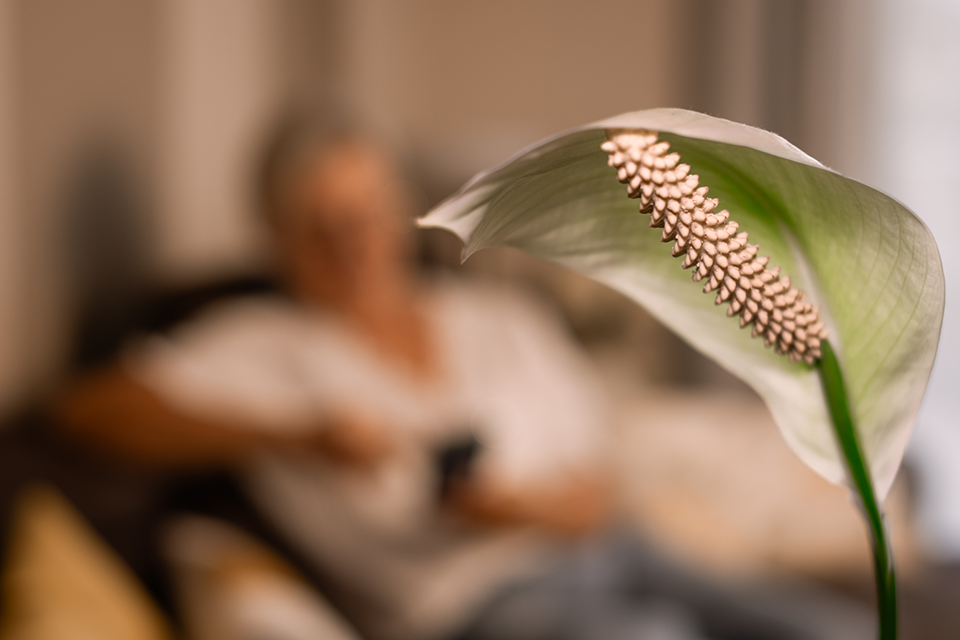
It's important to avoid placing your peace lily in drafty areas or outdoors where they might encounter cold temperatures and fluctuating conditions. Keeping them in a consistently warm spot is essential for maintaining their health and ensuring their leaves stay vibrant.
Natural Aging
Lastly, your peace lilies are probably just natural aging. As with all living organisms, peace lily leaves go through a plant life cycle. Over time, the older leaves at the base of the plant will naturally begin to yellow and eventually die off. This is a normal process and not necessarily a sign of poor health or improper care.
How to Treat Aging Peace Lilies
To manage this, simply trim off the yellowing leaves with clean, sharp scissors to keep the plant looking tidy and to prevent any potential disease from spreading. Regularly removing the old, yellow leaves also helps improve air circulation around the plant, promoting overall health and encouraging the growth of fresh, green foliage.
Should I Remove Yellow Leaves from My Peace Lily?
Yes, it is a good idea to remove yellow leaves from your peace lily, as keeping them won’t revive the plants anyway. Removing these yellow and dying leaves allows the plant to focus its energy on producing new, healthy leaves and flowers. This can promote more vigorous growth. Trimming away old or yellow leaves can improve air circulation around the plant, which helps prevent fungal infections and other problems associated with stagnant air.
To remove yellow leaves, use clean, sharp scissors or pruning shears. Cut the leaf stem as close to the base of the plant as possible without damaging other parts of the plant.


